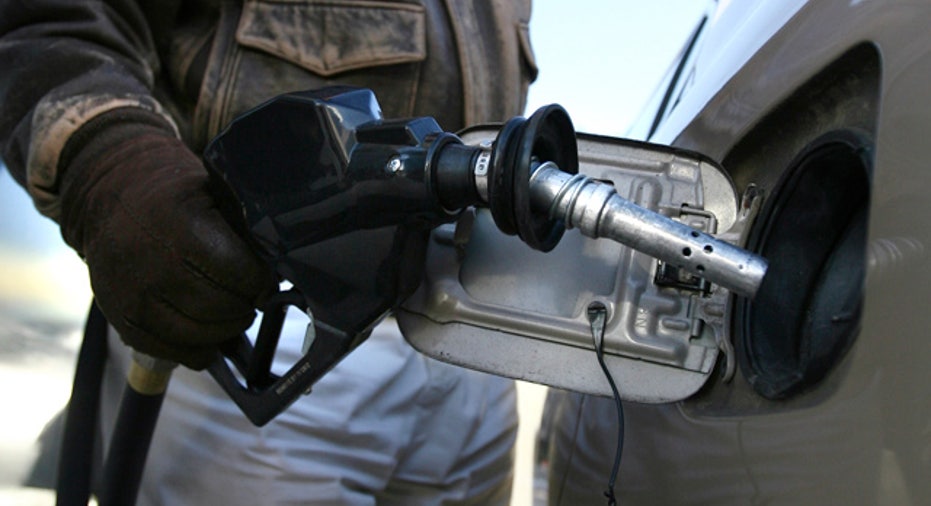Survival Guide for High-Rising Gas Prices

Gas prices continued to climb over the weekend, topping $4 per gallon in states like California, with no signs of slowing down anytime soon. No matter what make or model your car is, chances are it's hurting your wallet to fill up your tank.
Aside from giving up driving all together, there is little relief for drivers looking to save on gas. However, Jason Toews, co-founder of GasBuddy.com (www.gasbuddy.com) said drivers who know where to look, and consider their options often save more at the pump, even when prices are rising daily.
“In any major city, gas prices will vary as much as 50 to 80 cents per gallon,” Toews said. “You can save as much as 20 cents on the gallon just by knowing where to look. Paying 20 more cents here and there, it definitely does add up.”
Hereare tips from Toews and Patrick DeHaan, senior Petroleum Analyst for GasBuddy, for saving money on gas, and using less gas when driving.
No. 1: Fill up on off-days. The day of the week you choose to fill up on will undoubtedly impact the price you pay, Toews said. Although it is hard to pinpoint an exact day on which prices are lower, due to regional impacts on pricing, generally filling up on Wednesdays or Thursdays helps reduce pricing. “Prices are usually raised right before the weekend,” he said. “People typically fill up on the weekend to get away, especially for the summer.”
No. 2: Change the way you drive. DeHaan said this tip is often easier said than done, but driving in a rush burns between 10 and 15% more gas than driving defensively. “It’s not a lot of fun to slow down, and some people won’t always be able to drive defensively,” DeHaan said. “But doing it whenever possible can go a long way in reducing the amount of gas you need.
No. 3: Drive into town. Those who fill up their tanks right off highways or freeways will pay more than those who venture off the more populated roads, Toews said. “If you drive a bit, you can save as much as 10 or 20 cents per gallon,” he said.
No. 4: Don’t fill up in affluent areas. Typically affluent areas tend to have higher gas prices, because they are less concerned with price and more focused on convenience, Toews said. “They may care more about filling up next to a good coffee place, or a nice car wash, or not making a left hand turn against tragic to fill up,” he said.
No. 5: Avoid high speeds. Just because the speed limit is 70 miles per hour, doesn’t mean you should necessarily be driving that fast, DeHaan said. Vehicles are most fuel efficient between 62 and 67 miles per hour, and driving slightly under the posted speed limit on highways will save drivers 1 or 2 miles on the gallon.
No. 6: Try a wholesale club. Stores like BJ’s and Costco are just good for buying your favorite products in bulk. They are now luring customers in with cheaper rates on gasoline, Toews said. “They are selling gas cheaply to get people to come inside and buy other items like clothes or food,” he said.
No. 7: Get extra junk out of your trunk. Removing excess weight from the rear of your car will help it to use less power and gas when out on the road. DeHaan said this added weight can drag down vehicles and make them work harder to get where they are going.
No. 8: Ditch the credit card. Although using plastic when buying gas may be more convenient, using cash will cost you less. “Many gas stations offer good discounts for using cash,” Toews said.
No. 9: Use cruise control often. This feature is easily turned on and off in many new models, DeHaan said, and should be utilized whenever possible. “Cruise control effectively controls the vehicle so it only uses the power it needs,” he said. “When it doesn’t need power, it doesn’t use gas, so your car is always operating at a good pace.”